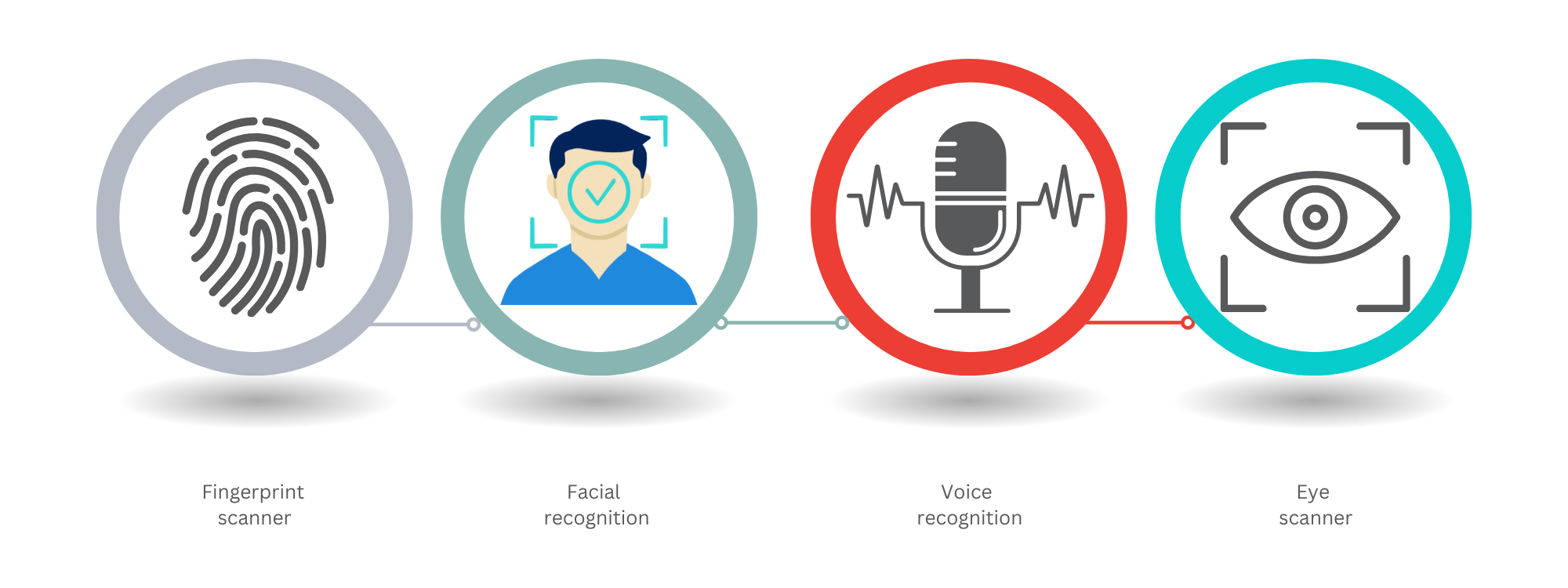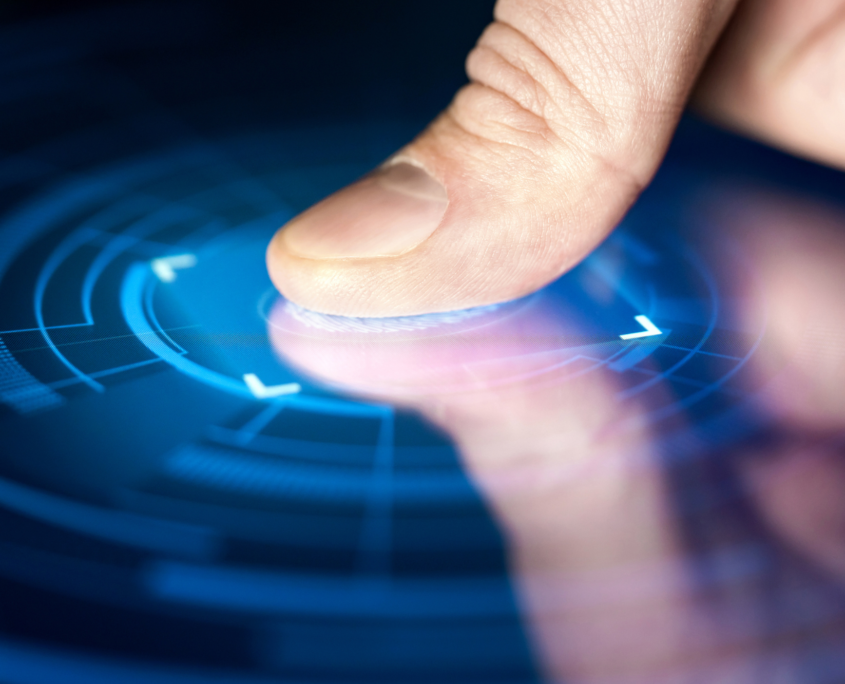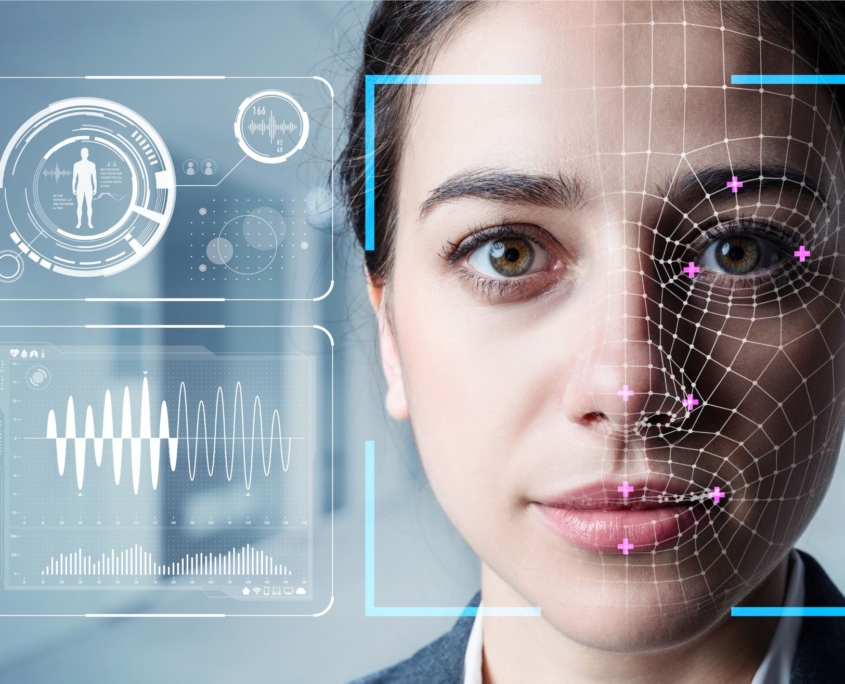The Future of Security
In today’s digital age, security stands as a top priority for both individuals and organizations. As the world becomes more connected, traditional methods of authentication, such as passwords and PINs, fall short. Biometric authentication steps in to revolutionize how we secure our digital identities.
Biometric authentication
uses unique biological characteristics to verify an individual’s identity. Unlike traditional methods that rely on something you know (like a password) or something you have (like a security token), biometrics depend on something you are.
This includes fingerprints, facial recognition, iris scans, voice recognition, and even behavioral traits like the way you type or walk. These methods enhance accuracy and convenience, making them harder to forge or forget. As cyber threats rise, adopting biometric authentication can significantly strengthen security measures and offer peace of mind in protecting sensitive information.
Types of Biometric Authentication
Fingerprint Recognition
identifies individuals by analyzing the unique patterns of ridges and valleys on their fingertips. It offers a high level of security and accuracy, as each person’s fingerprint is distinct and difficult to replicate. Widely used in devices and security systems, it provides quick and reliable access control.
Types of Biometric Authentication
Fingerprint Recognition
identifies individuals by analyzing the unique patterns of ridges and valleys on their fingertips. It offers a high level of security and accuracy, as each person’s fingerprint is distinct and difficult to replicate. Widely used in devices and security systems, it provides quick and reliable access control.
Facial Recognition
This method uses algorithms to map an individual’s facial features. It’s increasingly popular in security systems, social media platforms, and payment systems. Apple’s Face ID is a prime example of facial recognition technology in action.
Iris and Retina Scans
are advanced biometric methods for identifying individuals. Iris scans analyze the unique patterns in the colored part of the eye, while retina scans examine the distinctive patterns of blood vessels in the back of the eye. Both offer high accuracy and security, as these features are difficult to replicate.
Voice Recognition
Voice recognition analyzes the unique characteristics of an individual’s voice. It’s used in phone banking, virtual assistants like Siri and Alexa, and some customer service systems.
Behavioral Biometrics
This is a newer area of biometrics that looks at patterns in the way people interact with devices, such as typing speed, mouse movements, and even gait analysis. Behavioral biometrics are often used in conjunction with other forms of authentication to provide an additional layer of security.













